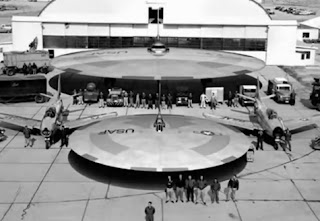BigOutrunner said:
flathill said:
linear halbach motors are now hitting 1671W/kg
Flathill, can you provide a link to your statement above? Thanks!
This number is actually 1680w/kg (1.68kW/kg) per the 2007 Camry Hybrid report posted by ORLN
http://www.osti.gov/scitech/servlets/purl/928684 per page number 44 (pg 54 of the PDF)
However, those are peak ratings, and those are all questionable. In this case, I think that rating (70kW for the Camry motor) is around 18 seconds. However, later in the report, page 83, it was able to put out 50kW for a little over 9 minutes. Not exactly steady-state, but the temperatures were approaching steady state. It was able to operate at 25kW (above 5000RPM) indefinitely, with 65C coolant. While there's certainly a lot of variables, including speed, coolant temp, inverter voltage, frequency, etc., if we take the steady-state rating at 25kW, this power density falls to 600W/kg.
Details do tend to make things messy. It will be hard to make an apples-apples comparison without specific tasks for the motor to perform.



